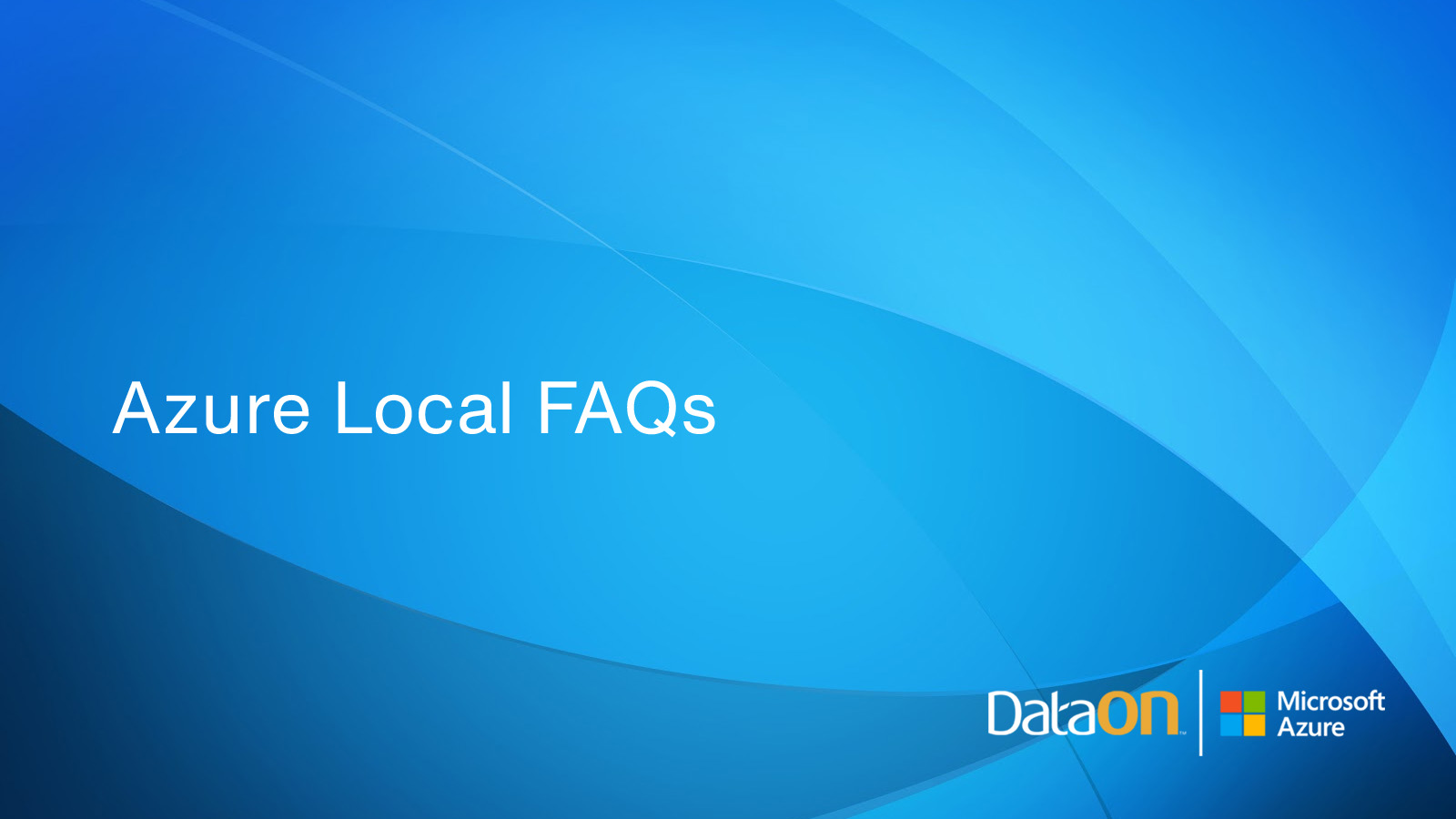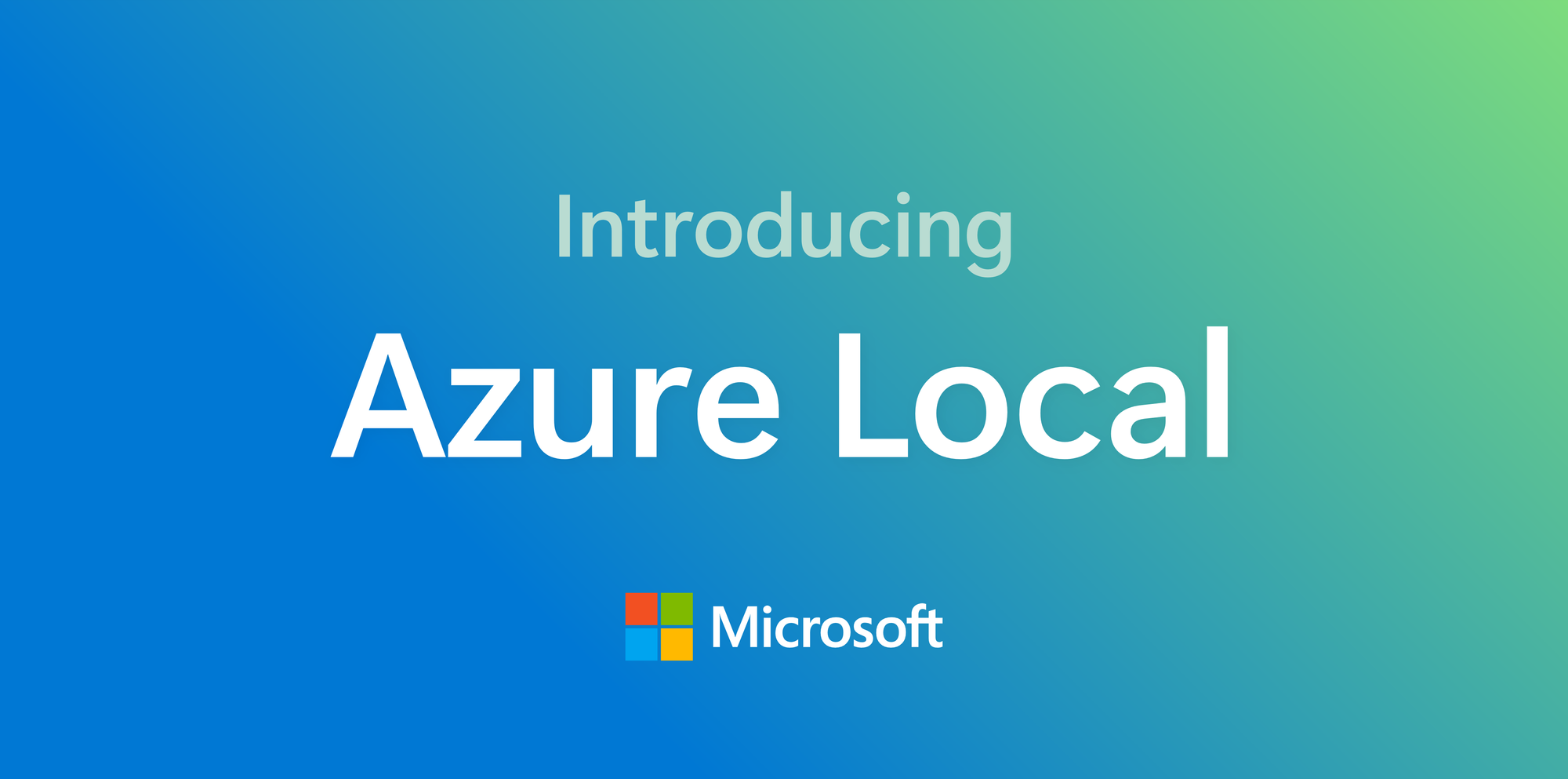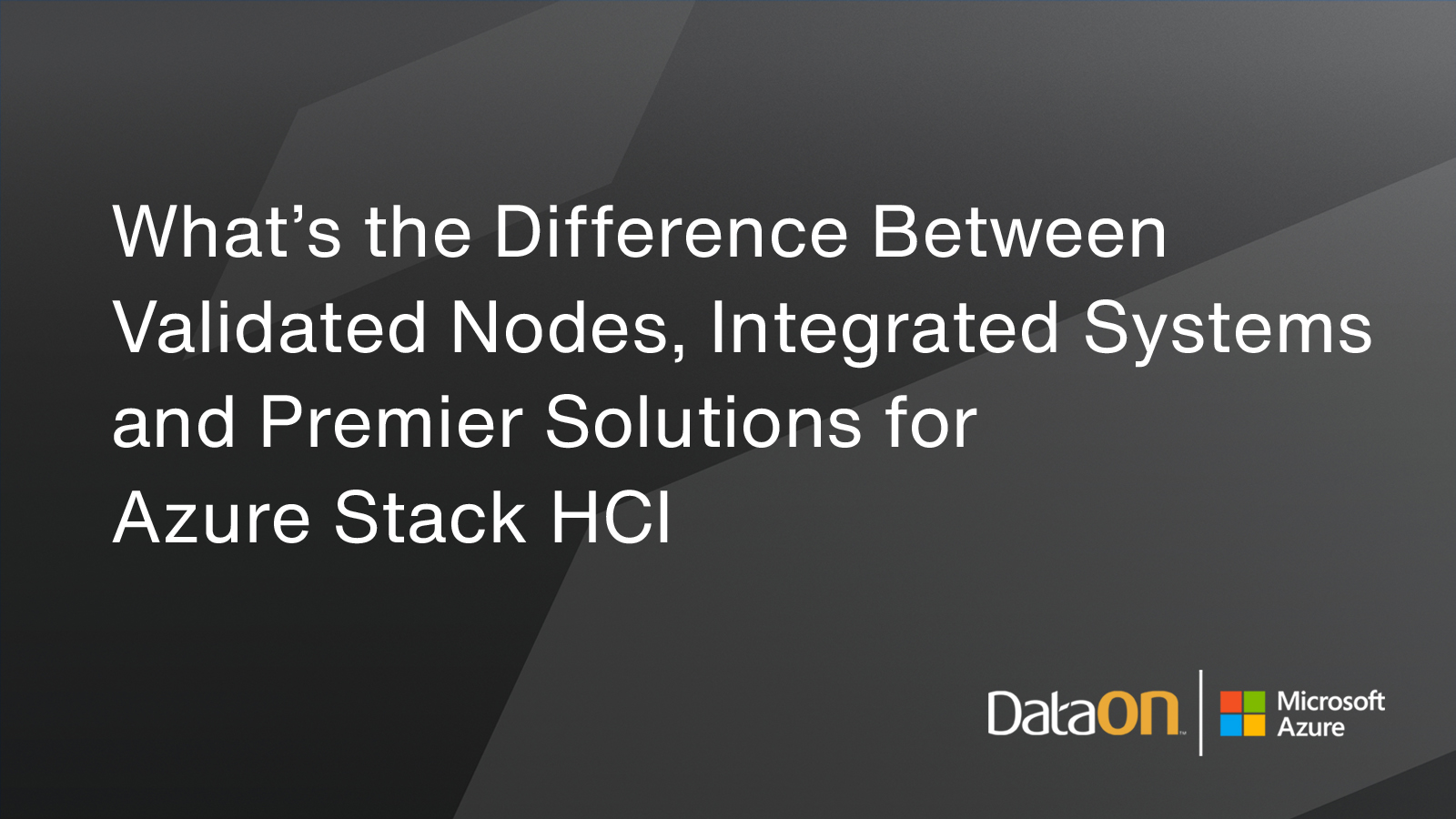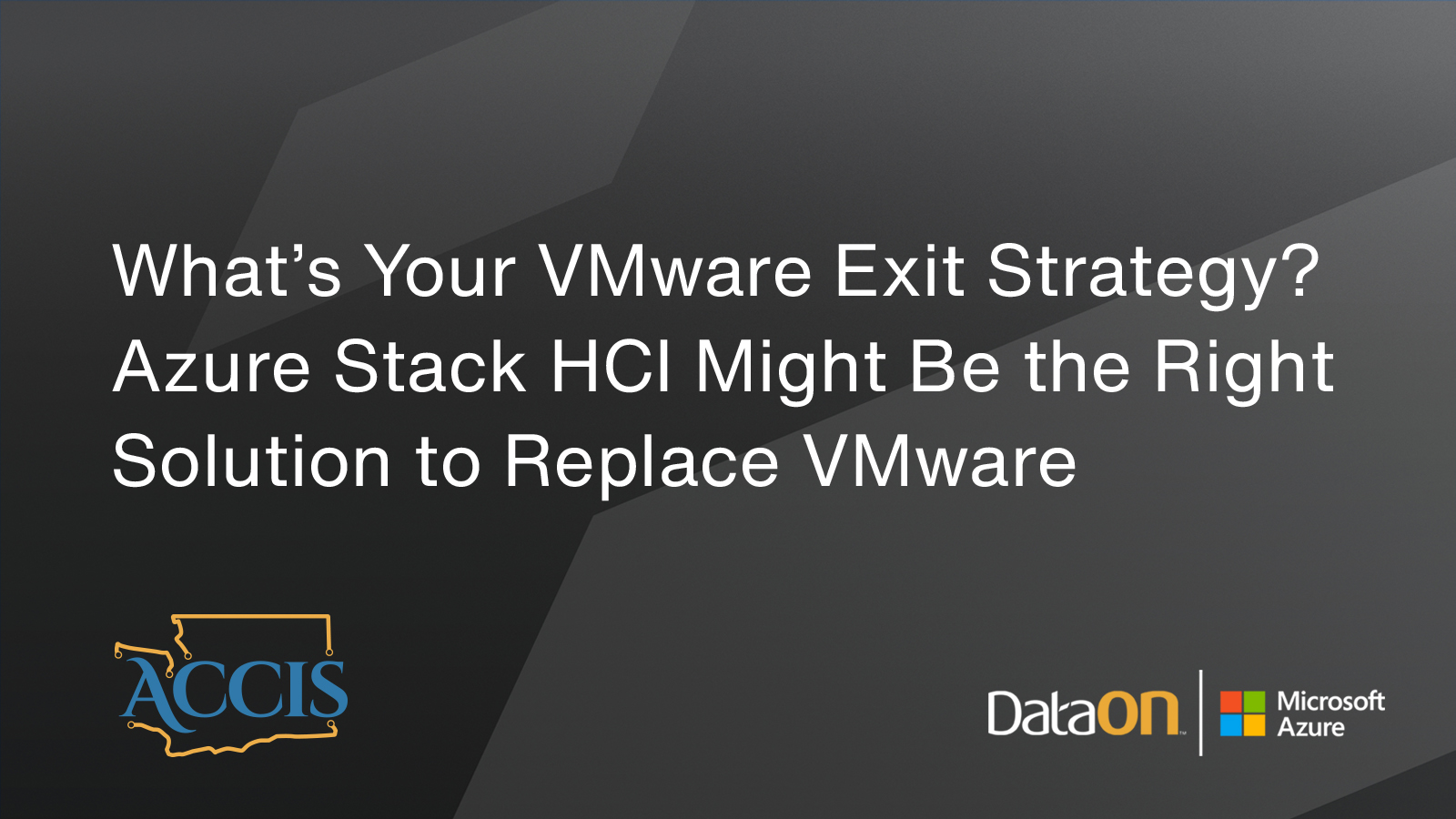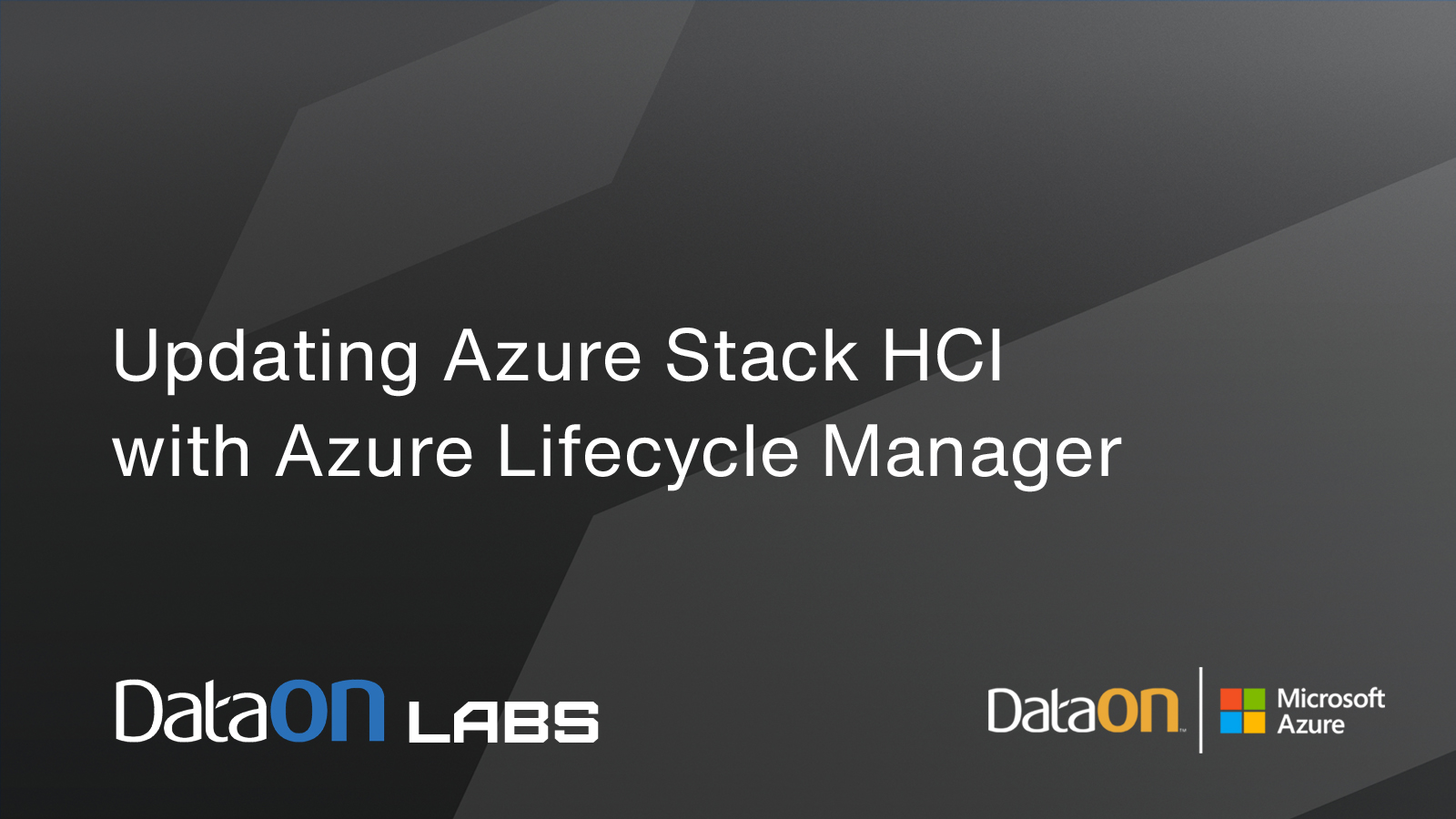Microsoft Azure Local Solutions From DataON With Seamless Veeam Migration
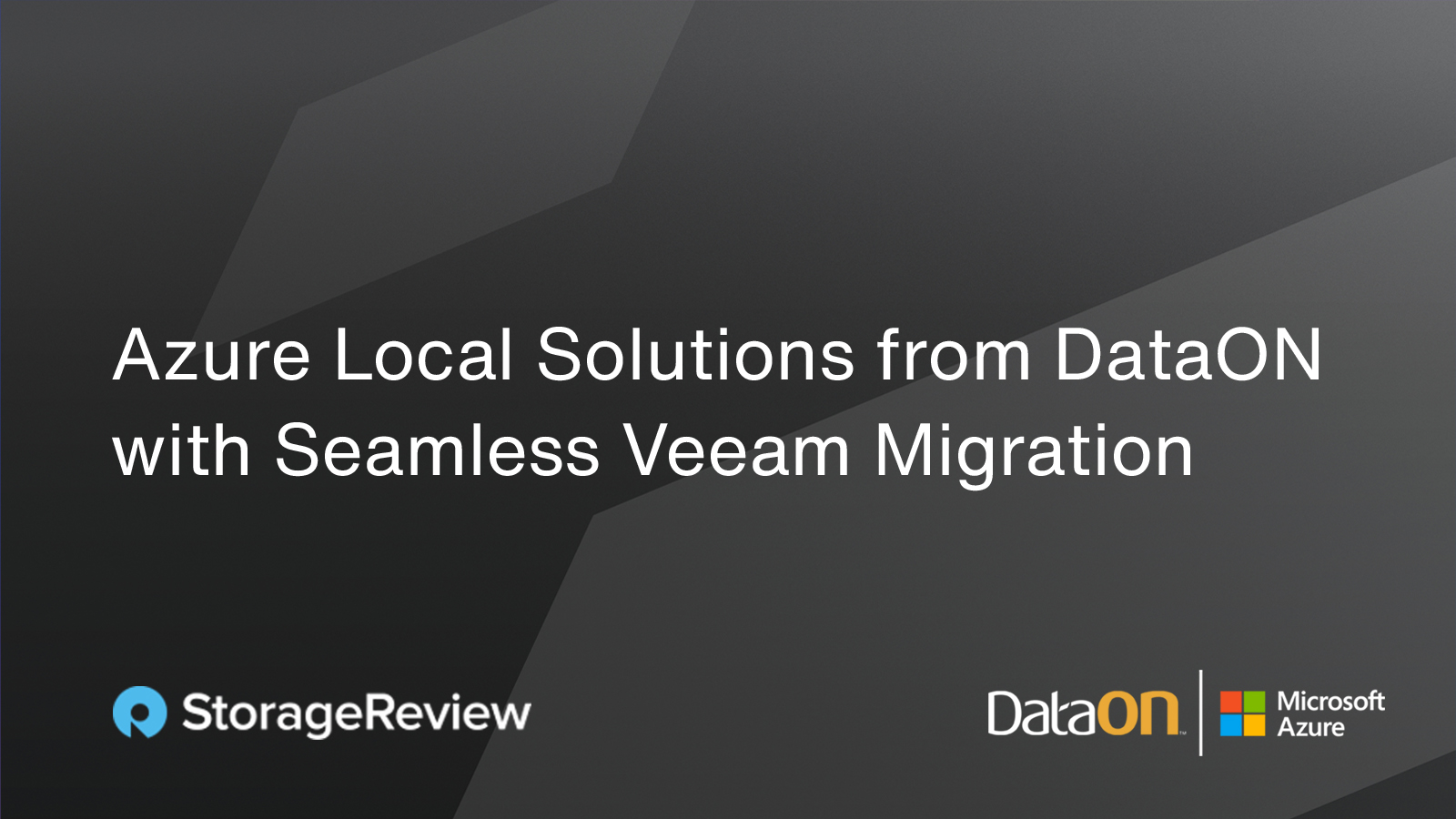
Kevin O’Brien, StorageReview November 20, 2024 Download the solution brief Veeam Migration enables seamless transitions from VMware to Azure, reducing downtime while mitigating hypervisor expenses. In this rapidly evolving IT landscape, businesses constantly seek solutions that offer the perfect blend of on-premises control and cloud scalability. Enter Microsoft Azure Local (formally Azure Stack HCI) solutions … Microsoft Azure Local Solutions From DataON With Seamless Veeam Migration
